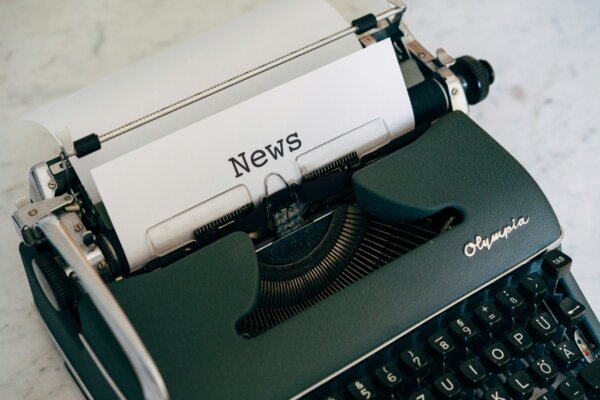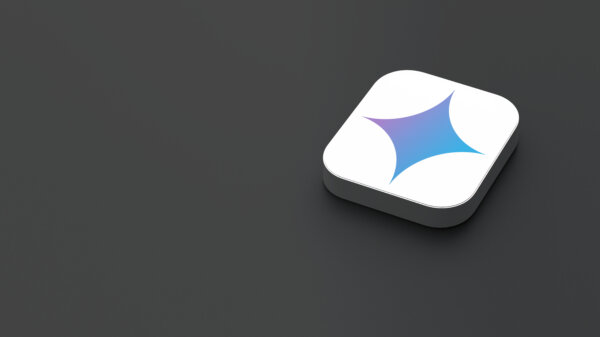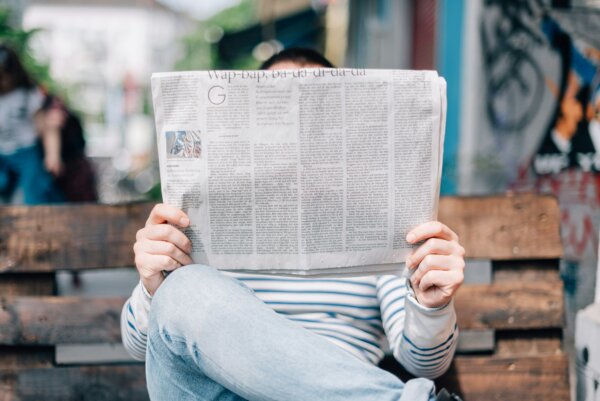Spotify Audio Ads – What You Need To Know
Since launching in 2008, the Spotify platform has seen significant growth with 345 million active users as of December 2020, making it the world’s most popular audio streaming subscription service. At present, the platform features over 70 million tracks, 2.2 million podcasts and is available in 93 markets. With such a notable reach, the Spotify Ads platform is worth consideration for businesses looking to expand their digital marketing reach and increase brand awareness.
There are a number of different options for advertising on Spotify including leaderboards, video ads and homepage takeovers. However, here we will be focusing on the simplest and most cost efficient option: Spotify Audio Ads. These can be set up via the self-serve Spotify Ad Studio which features a simple and accessible interface allowing users to get campaigns up and running in a relatively short period of time.
Creating Campaigns, Ad Sets and Ads
Campaigns on Spotify adhere to the same structural hierarchy as other major platforms, with ads grouped into ad sets and campaigns. Setting up a campaign is straightforward and begins with naming your campaign and defining the objective. From there, users are taken to the ad set creation page where they can choose the ad format (audio or video), which platforms to target (iOS, Android or Desktop) and then set a schedule and budget, with a minimum spend level of £250.

During the ad set creation phase, you will also be able to set up targeting. Again, the options here are similar to other platforms and feature basic location and demographic targeting alongside more specific audience segments, these include:
Interests – Whilst perhaps not as exhaustive or detailed as other platforms, Spotify includes a good range of interests, covering many key verticals, to target ads based on a user’s recent podcast or playlist listening habits.
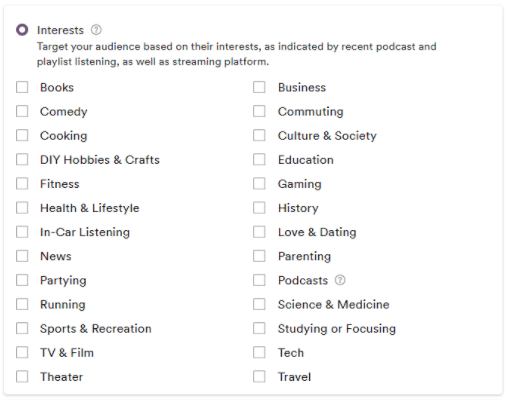
Real-time Contexts – A slightly different form of targeting that can help your ads reach users at exactly the right time. Real-time contexts allow advertisers to target users in specific ‘moments’ based on the playlist they are currently listening to. So a business selling workout equipment can deliver their ads to users whilst they are listening to a workout playlist.
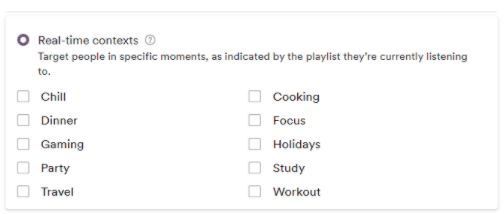
Genres – Another option is to target users based on the genre of the last song they listened to. Depending on your business this may not be as useful as other targeting types but could still be worth testing as your strategy matures.

During the ad set creation process, Spotify includes a handy tool, similar to Facebook, where you can see budget delivery alongside impression, reach and frequency estimates. As you select different targeting options these estimates will update, allowing you to balance targeting the right audience with getting an effective level of reach.
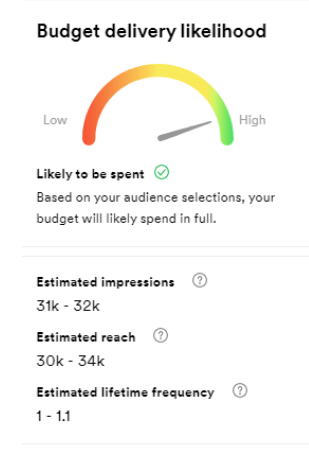
Once targeting has been set up, the next step is to create your ads. These will need to be a maximum length of 30 seconds and if you have existing audio available then this can be uploaded in MP3, WAV or OGG format. However, you can also enlist Spotify’s voiceover service to help create your ad at no additional cost. Simply choose a background track from an existing library (or upload your own), select a language and voice profile and then provide the voiceover script, alongside specific directions on tone and cadence. Spotify will then create your ad within 48hrs (ours was delivered much quicker than that). Finally, upload or choose an image, select a call to action button and provide a URL, advertiser name and tagline and your ad is complete and ready to run on Spotify.
If you have video content available then you can also run this via ad studio. However, it’s important to remember that the majority of users may not be looking at their screen whilst listening to Spotify so your key message will still need to be conveyed via the audio.
Summary
Given the large volume of users, Spotify presents a key opportunity for raising brand awareness, with specific targeting options allowing businesses to focus on specific audience segments relevant to their product or service.
Spotify suggests that audio ads increase ad recall by up to 24% so as part of the right digital marketing strategy, Spotify Ads could provide that additional push required to drive conversions on other channels. Given the nature of this platform, direct click and conversion volumes are likely to be low but significant levels of reach can be achieved at a relatively low cost. The main drawback with Spotify is with reporting and value attribution, which is still fairly limited at this stage. However, the use of a discount code or specific geo-targeting could help provide a view on how successful a campaign is, even if a full end-to-end ROI cannot yet be measured. Ultimately, Spotify should be tested as part of a wider digital marketing strategy that balances brand awareness with direct response but, if implemented correctly, could help significantly boost performance and revenue.

